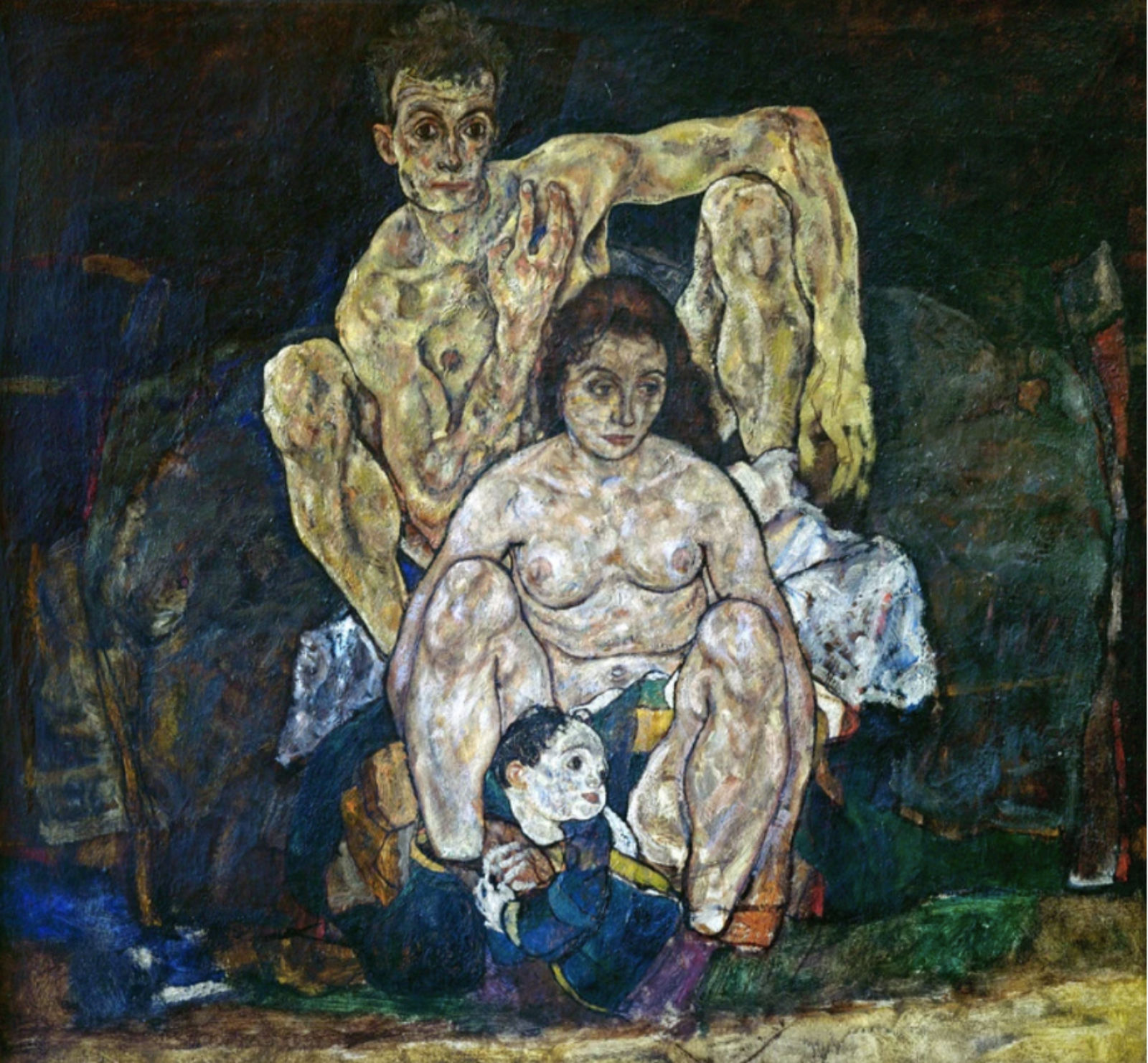In“What Can We Learn from the Art of Pandemics Past?” Megan O’Grady situates COVID-19 within a lineage of visual and literary storytelling that grapples with the invisibility and trauma of pandemic experience. She argues that artists serve to make the unseen suffering of infectious disease visible, countering the dehumanizing imagery of mass graves and sterile hospital scenes.
O’Grady’s discussion of historical works such as Egon Schiele’s 1918 painting “The Family”—which imagines a post-pandemic future amid personal loss—and Virginia Woolf’s Mrs. Dalloway, which explores life after the Spanish Flu, highlights how visual and literary art encode the emotional and social aftermath of pandemics rather than survival itself. These examples provide important models for contemporary COVID-19 visual storytelling, demonstrating how artists use imagery and narrative to process collective trauma and enduring social impacts.
By tracing cultural responses across cholera, the plague, and the AIDS crisis, O’Grady underscores how pandemic art functions as a form of historical memory, a critical dimension for your databank’s focus on COVID-19 storytelling that centers visual forms and the cultural work of representation. The article thus contextualizes current artistic production within this longer tradition, offering a framework for understanding the visual and narrative strategies emerging in COVID-19 artworks and media.

Image Captions:
Egon Schiele’s 1918 portrait The Family, painted shortly before his and his pregnant wife’s deaths. From “What Can We Learn From the Art of Pandemics Past?” The New York Times, 8 April 2020.Citation: O’Grady, Megan. “What Can We Learn from the Art of Pandemics Past?” The New York Times, 8 April 2020, nyti.ms/3Sehz0b. NON-FICTION, ONLINE ARTICLE | US. jb/ig
Source Type: Visual Art
Country: US
Date: 08-Apr-2020
Keywords: COVID-19 Storytelling, Visual Storytelling, Pandemic Art History, Collective Trauma, Egon Schiele, Spanish Flu, Cultural Memory, and Post-Pandemic Representation